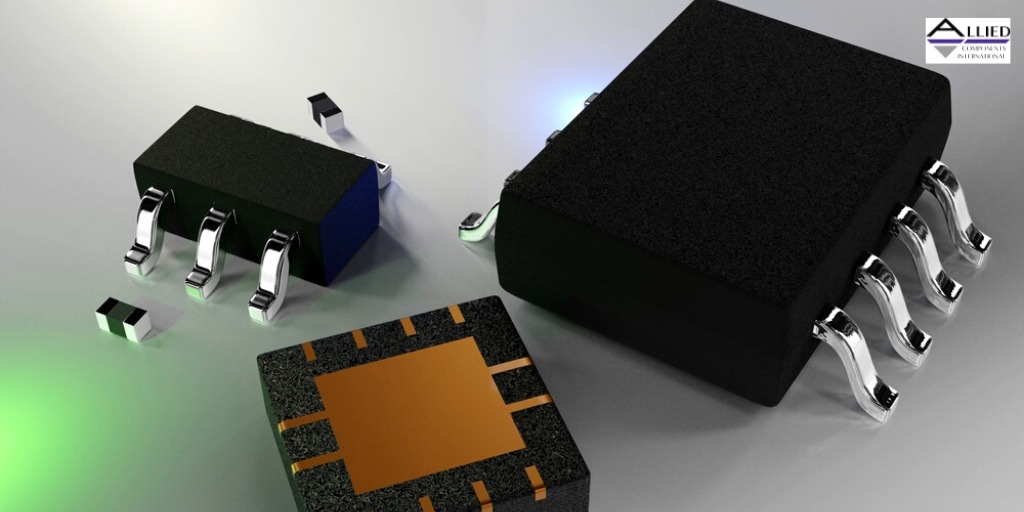PFC Boost Converter Design Guide

Power factor correction (PFC) is an important process for adjusting energy levels in electrical devices. This value is particularly important for manufacturers who sell electrical equipment in the European Union, which determines the minimum power factor or maximum level of harmonics for electrical products sold in the EU. Here's a closer look at what a PFC boost converter does and how the power factor can be improved.
Power Stage Design
Manufacturers of electrical products should work on improving power factors since low-quality power causes a strain on the power grid. These devices can cause heating losses, which can lead to power failure. PFC is a series of steps to improve a device's power factor. A power stage design helps engineers calculate voltages and currents for a particular circuit. It's a checklist of other electrical metrics as well, such as maximum power to achieve a steady state, inductor current ripple, and switching frequency. It helps engineers identify power losses and when to use a boost converter.
The Boost Power Factor Correction Converter
A boost PFC converter provides active power factor correction to meet device specifications. It's an affordable and common solution for boosting power. The PFC converter switch forces the incoming AC current to be in phase with the input voltage.
Also read: Isolated Vs. Non-Isolated Power Converters: A Technical Comparison
3-Phase Boost PFC Converter
The 3-phase boost PFC converter is suitable for low-to-medium power conversions. It improves power factor and reduces input current harmonics, as well as it simplifies adjusting the power level. This solution improves the overall efficiency of power in a circuit.
PFC Boost Converters
The main role of a PFC boost converter is to optimize the power factor in a useful way. The most widely used PFC boost converters are for DC-DC applications. Just before the inductor current falls to zero, a switch turns on in the PFC boost converter to allow continuous conduction. PFC boost converters are also used for AC/DC power supplies.
The Continuous Conduction Mode of a PFC Boost Converter
When a switch within the PFC boost converter is turned ON, the inductor charges from the input voltage. During this process, the diode is reverse-biased while the capacitor provides output current. When the switch is turned OFF, the inductor discharges through a forward-biased diode, and then the switch is turned ON. Continuous conduction is the preferred mode in PFC converters due to low values of peak current, losses, and high-frequency ripple amplitude.
Conclusion
An electrical device with a poor power factor will be inefficient and strain the grid. It may even disrupt other connected devices. Power factor measures the efficiency of electrical transmission in a circuit. The good power factor matters as the business world steadily embraces sustainability.
Allied Components International Can Help!
Are you looking for electronic components near you for your next engineering project? If yes, then visit the Allied Components International website today. We provide high-quality electronic components – order a sample kit today!


